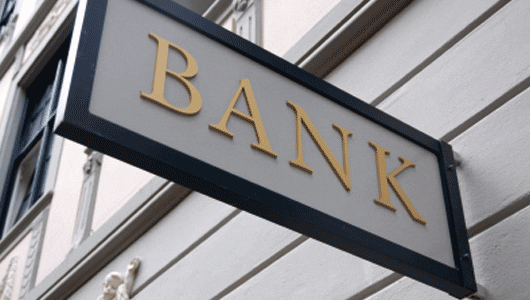Recent research suggests that the Government’s move to phase out the tax breaks that buy-to-let landlords have traditionally benefitted from is having an impact on the sector. Sales of the kind of compact properties favoured by the buy-to-let market, flats and terraced houses, were down by 10% in 2017 according to recent research by Residential Analysts, the specialist market research and analysis company.
But will new mortgage products that help those buying investment properties to alleviate some of the impact help kick-start the market? This week Leeds Building Society launched an innovative buy-to-let mortgage product to help landlords maximise the benefits over the last couple of years they will be able to offset interest. If it successful, it can be expected that other lenders will scramble to quickly roll-out their own versions of the product.
Up until 2017, buy-to-let landlords only paid income tax on their net rental income – minus mortgage interest and any other expenses. For those, the majority, leveraging interest-only buy-to-let mortgage products, that meant the entirety of mortgage repayments could be offset. However, last year the tax break was reduced to 75% of mortgage interest payments, this tax year that has been reduced to 50%, and next year it will be 25%. From the 2020/21 tax year the old system will no longer exist, replaced by a less generous 20% tax credit.
The new Leeds Building Society product front loads the buy-to-let mortgage with high fees and a low interest rate. That will allow those buying investment properties this year and next to maximise what can be offset while they still can and minimise the interest expense from 2020/21 onwards. With a £500,000 cap, the new mortgage comes with a heavy £2499 upfront fee for a two-year fixed rate of 1.44% on up to 60% LTV, or 1.44% on 70% LTV.
Property investors approaching retirement, and a subsequent drop into a lower income bracket, would particularly benefit from maximising remaining tax relief over the next couple of years. Similarly, the way the mortgage is structured would also appeal to buyers planning a major refurbishment – which will still be tax deductible, though ‘wear and tear’ work won’t be. The refurbishment could be delayed until the 2020/21 tax year and mortgage interest relief maximised in the meanwhile.
Quoted in the Financial Times, L&C Mortgages director David Hollingworth believes that more and more buy-to-let landlords, particularly those with larger mortgages, will see value in coughing up a high initial fee to lock in lower future interest rates. SPF Private Clients chief executive Mark Harris was also quoted as predicting other lenders will follow the example set by the Leeds Building Society’s new approach to buy-to-let mortgages. He reasons that securing future cash flow sustainability by minimising interest payments will appeal to many landlords and the current added incentive of optimising the remaining couple of years of the old tax relief system makes front-loading a sensible approach.


